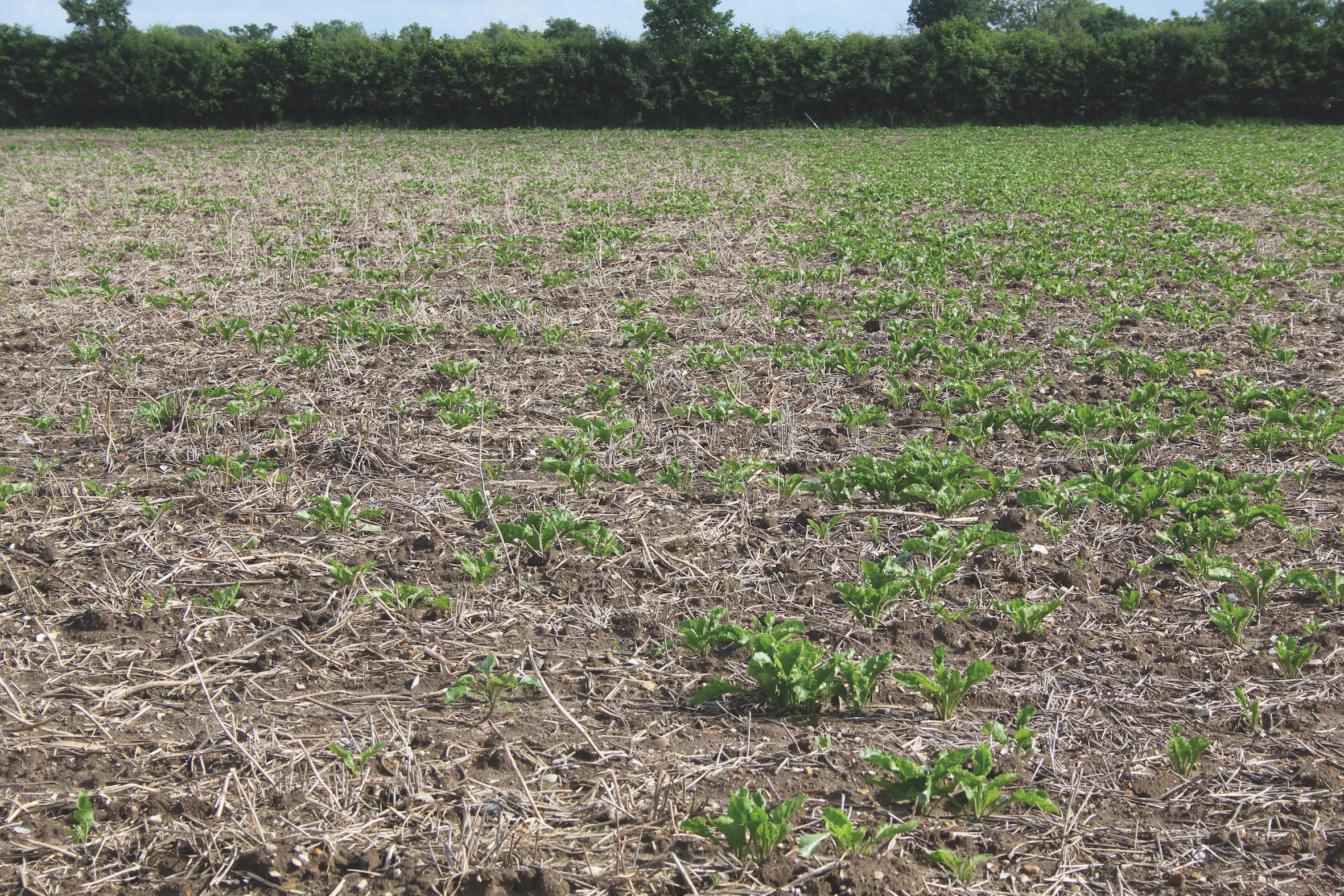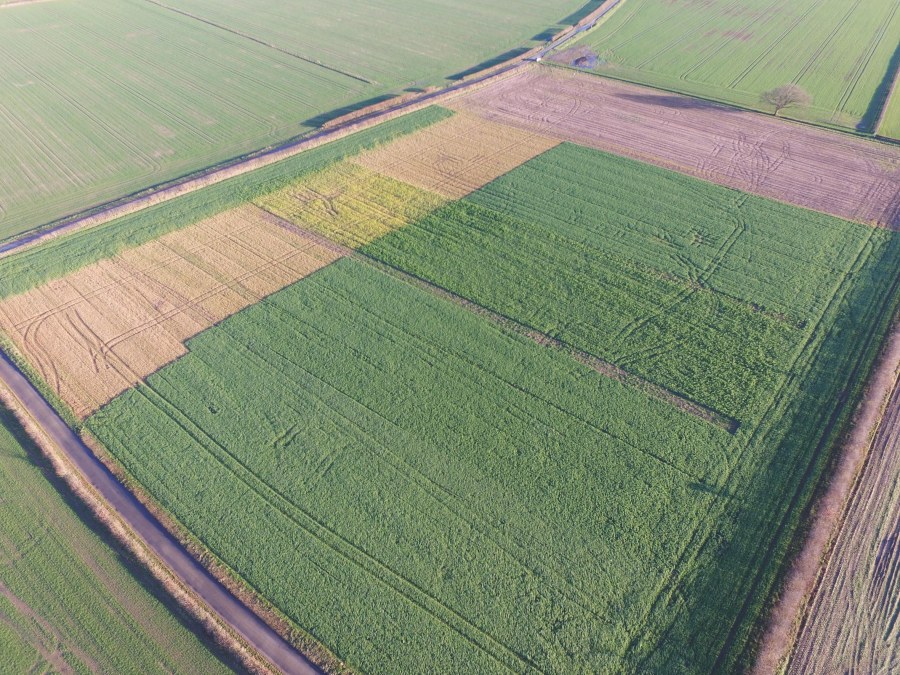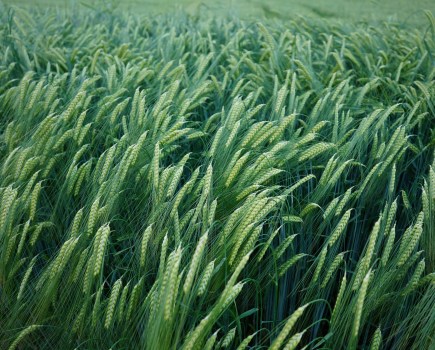Early results from Norfolk trials show strip tillage combined with cover crops could help boost sugar beet margins. CPM takes a closer look.
Strip tillage offers a potentially attractive alternative to conventional plough-based sugar beet establishment systems, as the technique uses less energy and is potentially better for the environment and soil. To test the concept, a collaborative trial between Agrovista and The Morley Agricultural Foundation was set up in 2015 and is continuing this season.
David Jones of Morley Farms and Mark Hemmant of Agrovista take up the story and explain what they’ve learned so far.
“The farm’s five-year rolling average yield for the sugar beet crop is 84t/ha (adjusted). Typically, the crop is grown after wheat, ploughed throughout the winter and drilled at the end of March.
Previous experience with strip tilling at Morley Farms has delivered variable results. The aim of these trials is to see if cover crops will help condition the soil to provide a better outcome,” says David Jones.
Several areas are being examined, including comparing the establishment and growth of different cover crops; assessing variations on compacted areas; identifying the optimum cover crop destruction timing and finally, highlighting any negative consequences.
Cover crops
The trial is being carried out on a loamy sand soil, typical of that found across the farm. Large plots of various cover crops were drilled in late Aug 2015, before being sprayed off with glyphosate and Companion Gold in either early Dec or early March.
The cover crops being trialled include an 8-way mix of white mustard, oat, phacelia, tillage radish, buckwheat, bristle oat, linseed, false flax (Terra Life Biomaxx DT), black oats and vetch (Chlorofiltre 25), black oats, vetch and berseem clover (Chlorofiltre 31) and lastly, a mix of black oats, berseem clover, common vetch, crimson clover plus a mycorrhizal seed treatment (Chlorofiltre Vita Myc). A further plot contained untouched stubble as a control.
“The three mixes based on black oats produced similar amounts of biomass. Competition between species was most noticeable in the TerraLife Biomax DT mix which became dominated by white mustard and spring oats. The black oat-based mixtures also left much less debris on the surface,” notes Mark Hemnant.
Strip-tillage
On 22 April the field was strip-tilled to a depth of 20cm. Bands of soil 10cm wide were cultivated, leaving 40cm of undisturbed soil in between and the field was then precision drilled.
“Whilst the field yield exceeded that of nearby fields that suffered most in a wet June, it didn’t quite match the yield of an adjacent field where a black oat and vetch cover crop was established in the autumn and ploughed in,” says David Jones.
“With a conventional plough-based system people have years of experience and the machinery used have been perfected. It’ll take a number of years to perfect a different system. We can only learn by trying new things,” he adds.
Crop establishment

So what have the main conclusions been after the first year of the trial?
Main conclusions
“All the cover crops established well but the TerraLife Biomax DT became dominated by brassica species and also attracted slugs,” explains Mark Hemnant.
“The headlands looked much better than the other fields of sugar beet on the farm,” adds David Jones.
.
“Early destruction of the cover crop did give more consistent results but we suspect without brassicas in the cover crop and with careful slug monitoring there would be little timing effect,” believes Mark Hemnant.

Late cover crop destruction coupled with high residue levels affected sugar beet establishment.
“On this occasion, there was no difference in yield of strip-tillage sugar beet with or without cover crops. This is only one year and there are many reports of cover crops enhancing subsequent crop yields.
“In terms of yield, the trial performed very well on one year’s results. With careful planning and execution, there are no negative effects from the techniques used and very respectable crop yields were achieved.
Table 2: Year 1 trial results
Adjusted yield and plant population (hand-lifted replicated plots)

2017 work
Valuable lessons learned from last season are being implemented in year two of the project, explains Mark Hemnant.
“Strip-tilling is best carried out when soils are dry at depth, which wasn’t the case in spring 2016. So we’re comparing autumn and spring strip-till timings this year. We’ve also learned that strip tillage should follow the same direction as planting of the previous crop and cover crop.
“We’ve replaced the brassica-based cover crop, which attracted slugs, with a lower biomass (above ground) leguminous cover crop,” he continues.
“We also found early destruction of cover crops was beneficial for both crop establishment and yield. In year two of the project we’ll compare a split-dose glyphosate (winter and spring) with a spring-only application.”
Table 3: 2017 treatments

* For a fuller report on the trials outlined above, please go to http://tmaf.co.uk/making-field-scale-cover-crops-strip-tillage-sugar-beet-work/




